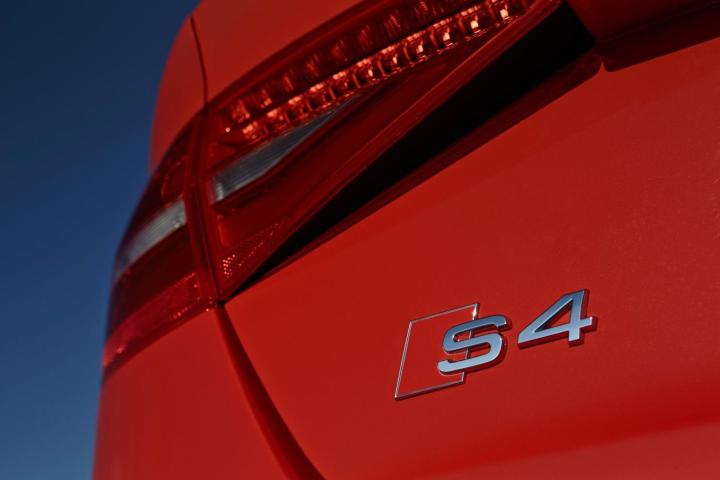
For the past few years, the S4 has been the sportiest A4 variant sold by Audi in the U.S., and like the rest of the lineup, it’s getting redesigned. The new model will likely debut alongside the standard A4 at the 2015 Frankfurt Motor Show, and could feature a very interesting powertrain.
That powertrain could include the first production application of the electric turbocharger Audi has been hinting at for the past several months, according to Auto Zeitung. That means the current model’s 3.0-liter supercharged V6 powertrain would be kaput.
The electric turbo will also reportedly be harnessed to a 3.0-liter V6 to produce around 348 horsepower, which is a notable upgrade over the current car’s 333 hp. Naturally, Audi’s quattro all-wheel drive system will be standard.
Turbochargers typically use exhaust gases to drive a fan that pulls more air into the engine, allowing for more combustion. However, an electric turbo uses an electric motor to spin the fan, which should make it more responsive.
Traditional turbochargers come with turbo lag, the delay caused by the need to build up enough exhaust-gas pressure to get the turbine spinning at the necessary speed. There’s no waiting with an electric motor, though, meaning the extra power provided by the turbo is available lower in the rev range, where it’s more useful.
Audi first demonstrated electric turbocharging in a modified RS 5, which had its 4.2-liter V8 swapped for a 3.0-liter diesel V6. In that prototype, a small electric turbocharger was teamed with a larger, conventional one. The small turbo was used to provide power at lower revs, and was bypassed at higher engine speeds. It’s possible Audi will use a similar setup in production.
It was originally thought that the first production Audi to get an electric turbocharger would be the SQ7, a rumored performance version of the redesigned 2016 Q7 SUV. While it’s hard to sneer at a fast vehicle that can seat seven, the S4 has already proven itself as a driver’s car, so perhaps it will be a better platform to debut this technology.
Editors' Recommendations
- Audi GrandSphere concept shows how autonomy opens new design avenues
- 2020 Audi A8 gains plug-in hybrid powertrain, sporty S8 model
- Superwagons, EVs, and autonomous 4x4s wowed us at the Frankfurt Auto Show
- The Audi AI:Trail Quattro concept is the autonomous off-roading EV of our dreams
- Audi’s stylish RS 7 Sportback returns with more tech, space, and power


